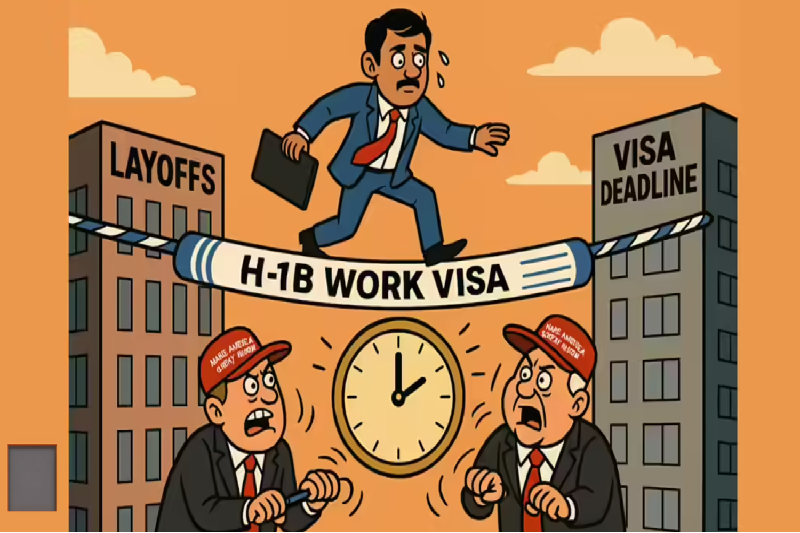
No Plans to Shut Schools: UP Govt Addresses Dropout Concerns and School Mergers
Amid growing concerns regarding school mergers and student dropout rates, the Uttar Pradesh government has firmly clarified that it has no plans to close any schools across the state. The clarification came directly from Uttar Pradesh’s Minister of State for Basic Education, Sandeep Singh, during the Monsoon Session of the Legislative Assembly held on Tuesday, August 12, 2025.
Responding to questions raised during the Assembly’s Question Hour, Singh assured legislators and the public that no schools are being shut down, contrary to rumors and recent concerns raised by opposition party members. The minister emphasized the state government's continued commitment to providing accessible education to all children across Uttar Pradesh.
Opposition Flags Dropout Concerns
The matter was brought to attention by Samajwadi Party legislators—Pankaj Patel, Anil Pradhan, and Prabhu Narayan Singh Yadav. In his remarks, Pankaj Patel claimed that 88 lakh (8.8 million) students had dropped out of the state’s education system, attributing this alarming figure to deteriorating educational standards in government schools. He further raised concerns about recent mergers of smaller schools, suggesting that such actions may negatively affect students' access to local education.
Government Clarifies School Merger Strategy
In response, Minister Sandeep Singh categorically denied any decision to close schools. He clarified that certain schools with fewer than 50 students are being merged with nearby institutions. However, he stressed that such mergers are purely administrative and are designed to improve operational efficiency and the quality of instruction. These mergers are limited to schools within a 1-kilometre radius, ensuring that accessibility for students remains largely unaffected.
This approach is part of a rationalization effort aimed at optimizing resources and improving teaching quality by concentrating students and teachers in fewer but better-managed locations. The minister also highlighted that such steps are common across education systems when student numbers in a particular school drop significantly.
Focus on Early Education and Anganwadi Integration
The state government also outlined its policy on early childhood education. According to Singh, formal school enrollment begins at age six, in line with national education policy guidelines. Children between the ages of three to six years are encouraged to attend Anganwadi centres, which focus on foundational learning and early childhood care.
By promoting Anganwadis as the first point of learning, the government aims to better prepare young children for the structured environment of primary schools. This also helps in reducing the dropout rate by ensuring that children enter primary schools with some level of preparatory education.
Current Enrollment and Staffing Statistics
To further support the government’s stance, Minister Singh presented comprehensive data on current student enrollment and teacher staffing levels across primary and upper primary schools in the state:
Primary Schools:
- Students Enrolled: 10,493,389
- Sanctioned Teaching Positions: 417,886
- Teachers Currently Serving: 338,590
Upper Primary Schools:
- Students Enrolled: 4,314,803
- Sanctioned Teaching Positions: 162,198
- Teachers Currently Serving: 120,860
These figures demonstrate that over 14.8 million children are currently receiving education in government-run schools in Uttar Pradesh. Despite some gaps in staffing, the government maintains a substantial number of active educators across the state.
No Intent to Diminish Educational Access
Singh reiterated that the aim of the merger policy is not to reduce access to education but to enhance learning outcomes by ensuring optimal student-teacher ratios and the availability of adequate resources in each institution. He noted that low-enrollment schools often struggle with underutilization and limited staff, which can hamper the delivery of quality education.
By consolidating such schools with nearby institutions, the government seeks to ensure that every child receives instruction from qualified teachers in a more conducive learning environment. Singh emphasized that no child would be deprived of education as a result of this merger process.
Political Debate Continues
Despite the government’s reassurances, opposition parties continue to scrutinize the policy, particularly in rural and semi-urban areas where school access is crucial for low-income families. Critics argue that even a 1-kilometre commute could discourage attendance, especially among younger children and girls.
In response, the Education Department has pledged to monitor the impact of the mergers closely and make adjustments if needed. The government has also indicated that it is open to feedback from local stakeholders and is committed to maintaining high standards of educational accessibility and quality.
Conclusion
The Uttar Pradesh government has made it clear that no schools are being closed, and that the ongoing merger of underpopulated institutions is a strategic move to enhance educational outcomes and resource utilization. With over 14 million students currently enrolled and substantial staffing in place, the state continues to prioritize education as a cornerstone of its development agenda.
While the opposition raises valid concerns about dropout rates and educational quality, the government’s response highlights a broader strategy aimed at restructuring, not reducing, the state’s educational footprint. The success of this initiative will ultimately depend on careful implementation, continuous monitoring, and community engagement.



